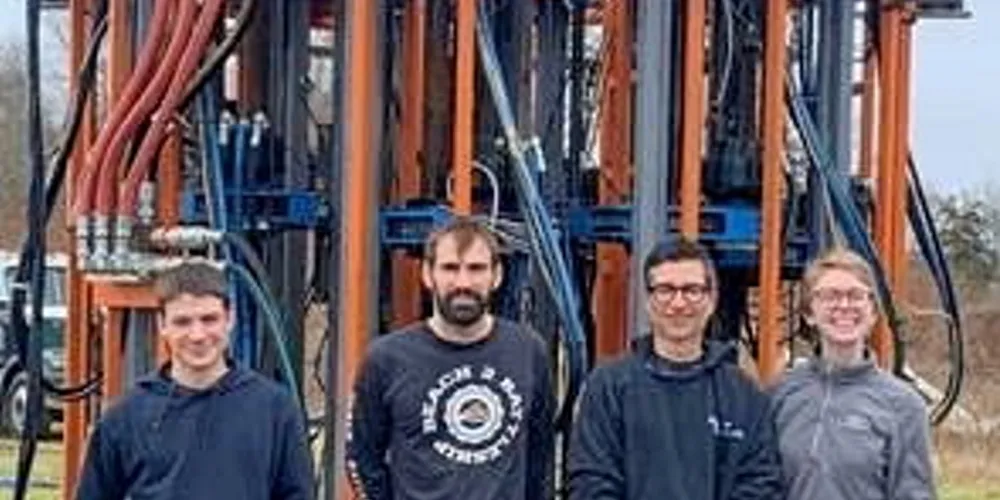'Invest in innovation' | More capital needed for US to realise floating wind goals
Ventus Award winner says greater investment needed for cost reduction to meet 15GW by 2035 target

Recent project cancellations in New Jersey and elsewhere highlight the need to drive down costs through innovation for both fixed and floating wind, said Zachary Miller, chief technology officer for Massachusetts-based Triton Anchor.
President Joe Biden's administration launched its ambitious Floating Wind Shot last year targeting 15GW in American waters by 2035, enabled by reducing levelised cost of energy (LCOE) by over 70% to some $45/MWh.
Offshore energy regulator Bureau of Ocean Energy Management (BOEM) held its first auction for floating wind acreage off California last December and is advancing Gulf of Maine deep water development.
“There's not enough capital being deployed fast enough,” said Miller, even though the administration has initiated multiple programmes and earmarked millions of dollars towards funding sector innovation.
“The goals are great. It's reasonable, it's respectable, but we need to deploy the capital to do that cost reduction innovation now, not later,” he said. “If we're trying to meet a goal that needs to be done by 2035, really only 12 years out, we're losing time.”
Triton Anchor has developed a two-part system for tethering floating wind platforms based on helical piles that uses far less steel than conventional anchoring solutions and can be manufactured for half the cost.
“In layman’s terms, you could say they’re a screw,” explained Miller.
The piles fix mooring lines to the seafloor that extend to the platform supporting the turbine at the surface and comprise an estimated 10% of total capex.
The lighter helical piles can be deployed from smaller vessels that are far more available for the sector and 40% cheaper to hire.
Importantly, the startup has developed a remotely operated undersea vehicle – a drone – that can be used to install the piles.
“It’s a two-part tech solution,” he said.
The anchors are cheap, added Miller, and “the high cost of the installation tool is basically amortised over multiple wind farms.”
Triton has gained multiple grants. This includes Thursday's announcement of $500,000 from the Ocean Energy Safety Institute at Texas A&M University, funded by the Department of Energy and the Bureau of Safety and Environmental Enforcement.
Massachusetts Clean Energy Commission has supported the startup since 2021, and the California Energy Commission awarded it a $3.4m grant last August.
Triton’s solution was further recognised by offshore wind trade group Oceantic Network at its annual Ventus Awards gala 9 November as ‘innovation of the year’.
Miller said that while Triton's solution will be deployed in a small demo project off Oregon next year, more capital needs to be available for at grid-scale testing, particularly for subsea auxiliary components.
“Most of the headlines on floating are very focused on demonstrations related to the platforms,” said Miller.
“The industry as a whole needs to see more testing and demonstrations of auxiliary components, including the anchor, to decrease the risk to deploy these technologies offshore.”
(Copyright)